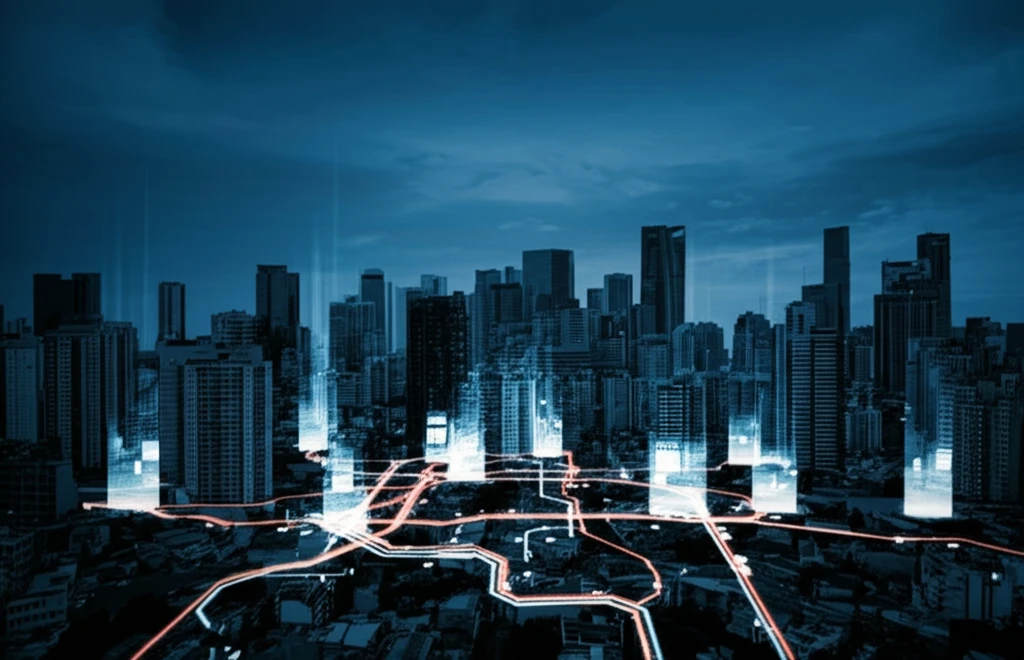
Is Your City Stuck in Traffic? Unlocking Qingdao's Secrets to Smoother Bus Routes
"Discover how Qingdao, China, is using data visualization to tackle urban congestion and improve public transportation, offering valuable insights for cities worldwide."
Urban traffic is more than just an inconvenience; it's a complex, ever-shifting puzzle that affects our daily lives and the environment. As cities grow, the surge in private cars leads to increased congestion and pollution, making the daily commute a stressful ordeal. But what if we could transform this chaos into clarity, turning raw data into visual insights that pave the way for smarter transportation solutions?
In Qingdao, China, researchers are doing just that. By employing innovative data visualization techniques, they're untangling the complexities of bus flow, pinpointing congestion hotspots, and identifying the factors that contribute to traffic snarls. This approach not only offers a clearer picture of the city's transportation dynamics but also provides a blueprint for other cities grappling with similar challenges.
This article delves into Qingdao's multi-scale visualization analysis of bus travel speeds, revealing how this methodology transforms non-visual data into actionable intelligence. We'll explore the tools and techniques used, the key findings uncovered, and the potential for these insights to revolutionize urban transportation planning. Whether you're a city planner, a commuter, or simply curious about the future of urban mobility, this exploration of Qingdao's approach offers valuable lessons for navigating the road ahead.
Decoding Qingdao's Traffic Patterns: A Visual Journey

The core of Qingdao's approach lies in its ability to transform raw bus data into visually digestible formats. Using tools like R language, Echarts, and WebGL, researchers created statistical pictures and 3D wall maps that reveal congestion patterns across space and time. This multi-scale visualization allows for analysis at various levels, from the entire city down to specific arterial roads.
- Area Hotspots: Congestion is significantly more severe in the Shibei and Shinan districts compared to Licun and Laoshan.
- Roadway Bottlenecks: Key roads like Hong Kong Middle Road, Shandong Road, Nanjing Road, Liaoyang West Road, and Taiping Road consistently experience high congestion.
- Rush Hour Rhythms: Congestion follows a predictable pattern, peaking during morning and evening rush hours throughout the week.
- Monday vs. Friday: Monday mornings see higher congestion levels than Friday mornings, while Friday evenings are more congested than Monday evenings.
Turning Insights into Action: The Road to Smoother Commutes
Qingdao's experience underscores the power of data visualization in tackling complex urban challenges. By transforming raw data into actionable insights, cities can gain a deeper understanding of their transportation networks and implement targeted solutions to improve traffic flow. Whether it's optimizing bus routes, adjusting traffic signal timings, or investing in infrastructure improvements, data-driven decision-making is the key to creating smoother, more efficient commutes for everyone. The lessons learned in Qingdao can serve as a valuable roadmap for cities around the world seeking to unlock the secrets to better urban mobility.
